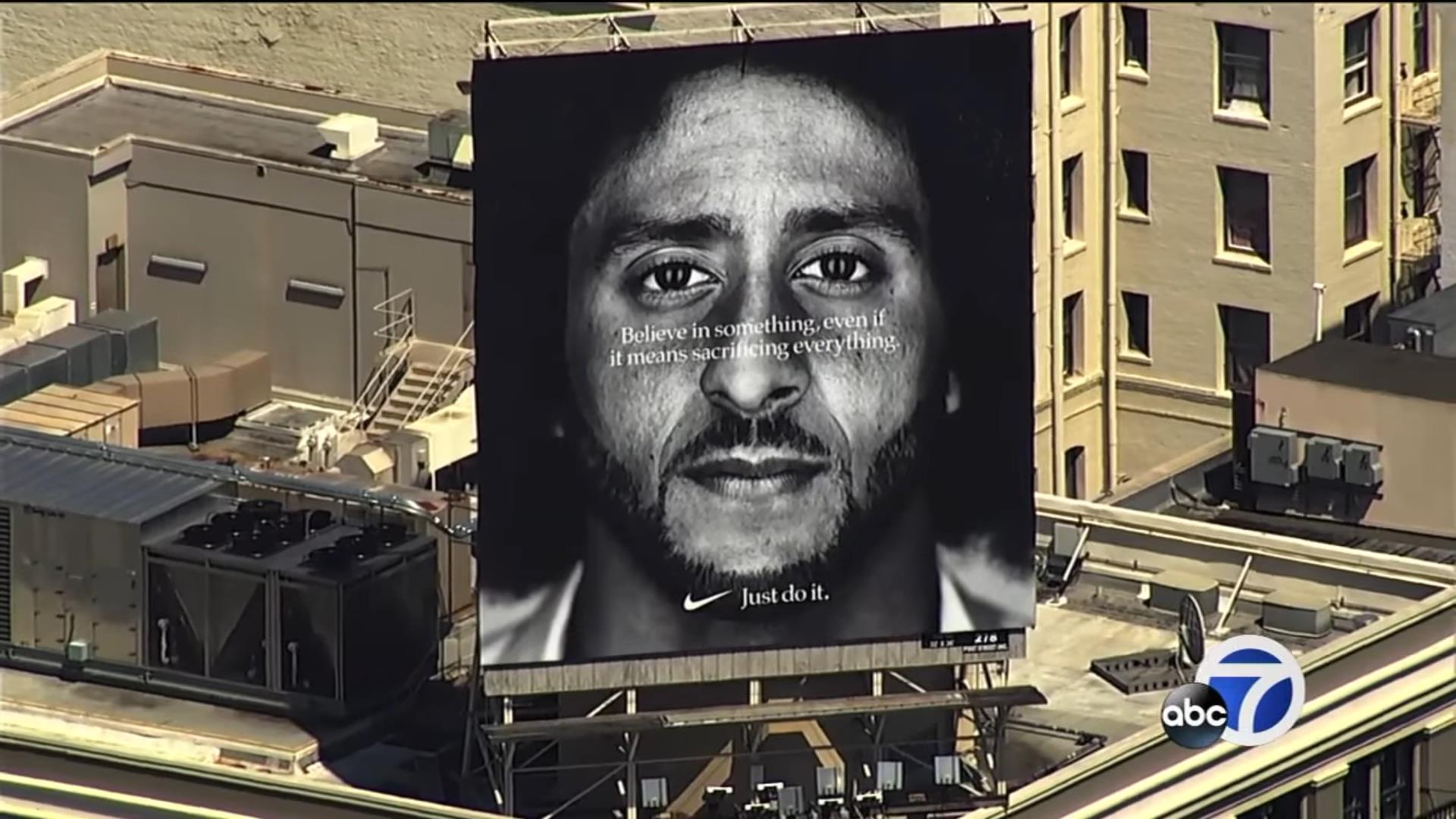Cultural marketing drives deeper brand awareness
Whether it’s millennials prioritising experience over products or the growth of service design, there is no doubt that experience is king whenever brands engage with their customers. While this has led to a deeper use of consumer insights, many brands miss out on using cultural insight when they bake experience into their brand engagements.
Over the last 50 years Pico has witnessed dramatic change in how brands engage with customers, ignited by the flux of technology or generational differences in consumer behaviour. However, how consumers use new technology, as well as their changing expectations or motivations as individuals, are also influenced by culture – their own or others. Whatever may change over the next 50 years, culture and its impact will remain a constant.
Understanding and having cultural insights can be powerful. So what is cultural marketing? We often think of culture as a group’s language, tradition, religion or social habits – and these are indeed parts of culture. But in its purest form, culture is the commonalities that make us the same.
It is important to understand this because, as marketers and agencies, we often mix up consumer and cultural insights. While they are not mutually exclusive, consumer insights generally focus on understanding what makes us different; cultural insights identify behaviours and trends that make us the same.
What makes cultural insights so powerful is this simple truth – they unite us. They transcend the little boxes we tend to put people into, such Gen Z vs Millennials, or Average Family vs Singles.
Let’s take Australia as an example: Prolonged drought and recent fires have changed Australia from a ‘no worries’ culture to a place where people are increasingly alarmed about climate change.
This shift is not isolated to Gen Z or millennials, but now tops the agenda for those often seen as laggards in the climate action debate. In many cases, the older demographic bore the brunt of the tragic fires Australia recently endured. This cultural shift will impact brands as more and more Australians will want assurance that they are spending money on brands who take genuine climate action. Many brands have already been active in this space and are well-equipped to offer this assurance, though others are not.
On a virtual level, the Pico50 Run similarly induced a cultural shift that transcended demographic pigeonholes – health and wellness. By enabling people in far-flung locations to participate in a ‘virtual marathon’ at their own pace and in their own way, the event served as an enlightening gateway to running and fitness for many who would otherwise be put off by conventionally organised events – either because of their inconvenience or their overtly competitive character. Pico50 Run made running attractive even for the shy, the busy, and for bodies in all shapes and sizes.
In the UAE, the more than 30,000 participants in the Expo 2020 Volunteers Programme already shared a culture of aiding in the delivery and operation of the upcoming expo. Late last year, fitness and health were ‘piggybacked’ onto that culture when the organiser held a one-day Volunteers’ Fitness Challenge. As well as promoting exercise among participants, the event helped generate public awareness of the programme and attract yet more recruits to the cause.
Another example of cultural insight into social change and how it can be used from a brand perspective is Nike. Its quick recognition, alignment and empathy towards the ‘Black Lives Matter’ movement was seen in many circles as a calculated business move. Whether it was or not, it was authentic because of Nike’s focus on the pursuit of individualism. It certainly was a brave marketing approach and not for the faint of heart, but it was acclaimed from those whom Nike consider as constituents. Did others really matter?

The funny thing about risk is that it’s a relative thing. Often our response to culture comes from misunderstanding and is transactional and reactive. Culture needs to be understood and embraced first by the brand and its own culture if they are to be effective. It needs to be authentic and is often a long-term game.
Is ‘11:11’ just a transactional day, or do you recognise that being single is a preference for many in today’s world? Do you make consumers pay for carbon offsets, or are you taking meaningful and transparent action on climate? Is equality a goal, or something that is actively pursued through workplace and the supply chain? Are you authentically communicating what you are doing to bake culture into your brand experience?


